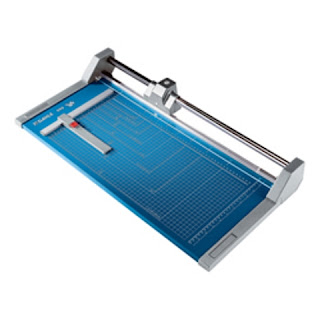We have examined how artists express what they think and care about when they make art.
Have you ever made a picture for someone who was sick or feeling sad? Why did you make them a picture? How does that make them feel? The book, Painting for Peace, is a story where people drew pictures to make a whole community feel better.
In late 2014, the St. Louis Area, was feeling a lot of Tensions (People were stressed, upset, angry, sad, about events where people were not treated fairly or equally). A chain of events would lead to protests and property destruction as well as multiple discussions, forums, lawsuits and investigations, putting a spotlight on our city and our country’s continued struggle with racial inequality.
In late 2014, the St. Louis Area, was feeling a lot of Tensions (People were stressed, upset, angry, sad, about events where people were not treated fairly or equally). A chain of events would lead to protests and property destruction as well as multiple discussions, forums, lawsuits and investigations, putting a spotlight on our city and our country’s continued struggle with racial inequality.

Friday, Author and Meramec mom (her kids went to Meramec), Carol Swartout Klein, will visit our school. She is going to share her book, Painting for Peace in Ferguson. She was inspired by the artists and community that came out to send messages of HOPE after events took place in Ferguson, Missouri.
“Our whole city was hurting, and the whole world was looking at us. And sometimes, when you don’t know what else to do, creating something beautiful in the face of so much ugliness is the only thing you can do.” —Andy Cross
Artists, residents and families from our community saw this as an opportunity to communicate their HOPE and came out and painted beside one another.
How do you think the artists knew what to paint? How did they decide what image they wanted to portray? Did they all paint the same way?
Some artists used quotes to send a message. This quote is by Civil Rights Leader Martin Luther King Jr. What does this quote mean to you? (Think about a ripple effect)
Many messages were illustrated. The picture helped to further send the message. The painting of the Earth shows we are citizens of the world and we are all in this together.
Some mural messages were simple. LOVE
The image of a bird showed up a lot! A bird can represent PEACE.
A Facebook message was a call to action for for many. People bought paint and supplies or donated leftover house paint they may have had in their basement or garage.
Participants felt like they were helping to build back the community, while others felt they were helping the city to heal.
Creating murals was a way for people to be express their feelings without anger or destruction. The people that chose to paint were upset and so were the people that broke windows. Both groups chose to respond. One group responded with art!
In the book, Painting for Peace, The author quoted Fred Rogers. He once said, “When I was a boy and I would see scary things on the news, my mother would say to me, ‘Look for the helpers. You will always find people who are helping.’”
What do you think this means? In "Painting for Peace in Ferguson," lots of people came together to help create these images. Who are the helpers in a community? Who helped in this story?
What message will you send with your art?
Will your art give someone hope?
Will you be ready to stand up and respond with your voice or your art?
How will you be a helper?






























